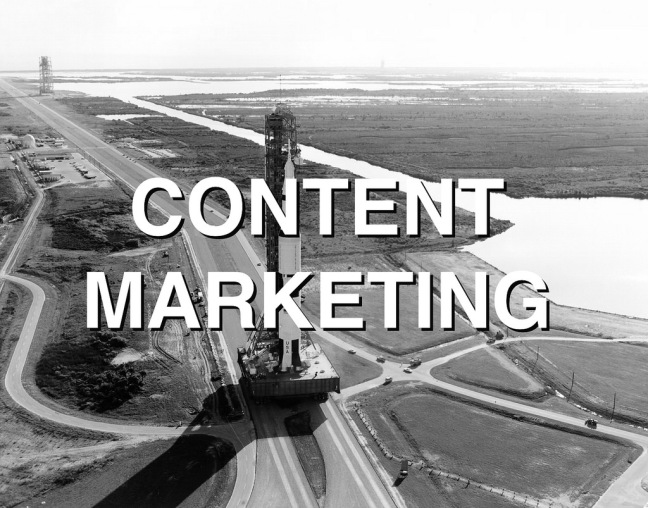
Of the dozens of mobile marketing channels to choose from, SMS might be the only absolute must. Some channels may work for some and not others depending on their mobile strategy but an SMS marketing campaign needs to be a central part of every company’s mobile strategy. SMS has been around since the early 90s, well before smartphones, mobile applications, QR codes, push notifications, and banner ads were even thought of. But even though it’s ancient compared to other channels, it’s not outdated. It’s still the most cost effective way to reach consumers through their mobile devices and there’s no reason that every brand shouldn’t be investing in SMS. Here are four reasons why.
Immediacy
Consider this incredible statistic: 90% of all text messages are read within three minutes of being sent. That can’t be said about any other marketing channel. About 80% of emails are deleted unread, and for the 20% that are opened, less than 10% of those will be opened within an hour of being received. How about a mobile channel like push notifications from a mobile app. Less than half of people will agree to receive push notifications from the app in the first place. Of those that do receive push notifications, they ignore 90% of them.
To understand the incredible open rate and average time between message sent and message read, look no further than how text messages work. Unless recipients’ phones are on silent, there will be an audible or tactile notification that’s hard to ignore. With most phones, this notification will repeat several more times until the text message is opened. There’s no better way to send time sensitive information than through SMS.
Intimacy
There’s a great deal more trust in giving out your cell phone number than your email address. Unwanted emails are easily ignored or sent in bulk to the spam folder either by the user or by spam filters. People are a lot more selective about who they give their phone number to. It’s usually reserved for friends and family and perhaps a few professional contacts. When businesses are granted permission to send texts directly to a customer’s cell phone, it’s a big deal. All of this means two things: it’s harder to gain access to customers through this channel but there’s much to gain when you are able to gain access to it.
Loyalty
SMS marketing is a very regulated channel. The Telephone Consumer Protection Act (TCPA) sets forth strict guidelines for businesses sending text messages to customers. While this presents mobile marketers with a challenge, it also means that the audience for this particular channel are going to be very loyal. Every time you send out a text message to your SMS subscribers, every single recipient will have given you their phone number and permission to send them texts. And every recipient will have refrained from opting out, when all it takes is replying to a text with a single word: “stop.”
Simplicity
Crafting a text message to send out via SMS is far easier than writing and shooting a TV or radio commercial. It’s easier than designing a print ad or publishing a blog article. Text messages ha ve a 160 character limit. It’s this simplicity that makes it so effective. A one- or two-sentence text concisely worded and complete with a direct call-to-action is all it takes to drive results. Getting started with SMS marketing is also a breeze.
It’s just a matter of choosing a bulk SMS provider, registering a shortcode for your business, and selecting the keyword that customers will need to text to opt-in. Finally, just advertise the keyword and shortcode in-store and across other channels to start building your SMS subscriber list.
Mobile Technology News brought to you by biztexter.com
Source: augustafreepress.com/benefits-sms-marketing-business




